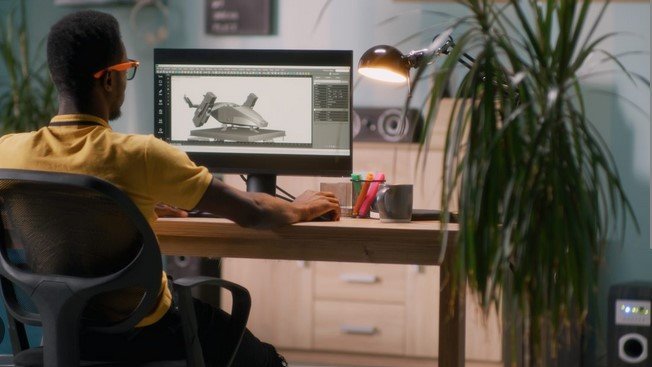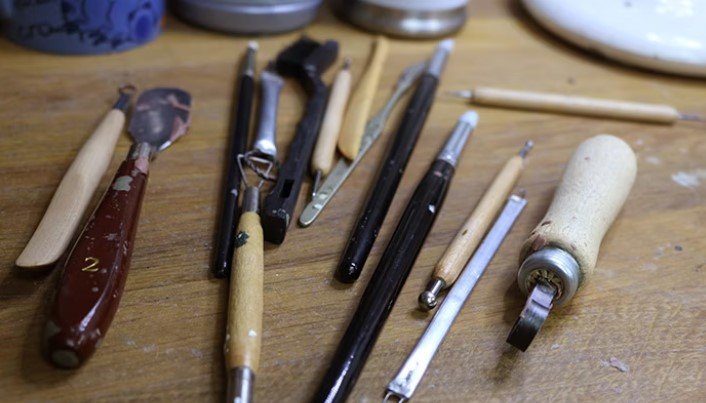Freelance 3D artists often face the challenge of finding steady work. While the flexibility and independence of freelancing are appealing, securing clients and projects requires effort and strategy. In this post, we’ll explore how freelance 3D artists can find work, from building a strong portfolio to networking and leveraging online platforms.

1. Build a Strong Portfolio
A strong portfolio is essential for freelance 3D artists. It serves as a visual resume, showcasing your best work to potential clients. Your portfolio should highlight your range of skills, from modeling and texturing to rigging and animation. Make sure the work is well-organized and easy to navigate.
To stand out, focus on quality over quantity. Include a few standout pieces that demonstrate your ability to handle complex projects. Tailor your portfolio to your target audience. If you specialize in character modeling, show off your character designs. For environmental artists, showcase impressive landscapes and detailed environments. An updated and professional portfolio helps attract potential clients who are looking for specific expertise.
2. Use Online Freelance Platforms
One of the most effective ways for freelance 3D artists to find work is through online platforms. Websites like Upwork, Fiverr, and Freelancer connect clients with freelancers from various industries, including 3D art and animation. These platforms allow you to create a profile, list your skills, and bid on projects.
To succeed on these platforms, take the time to craft a compelling profile. Include your portfolio, a clear description of your services, and any relevant experience. Bid on projects that match your expertise, and don’t hesitate to start with smaller projects to build your reputation. Over time, positive reviews will help you attract higher-paying clients.
3. Network Within the 3D Art Community
Networking is key to finding work as a freelance 3D artist. Many freelance jobs come through word of mouth or personal recommendations. Join 3D art communities, both online and offline, to connect with potential clients and fellow artists. Participate in forums, social media groups, and industry events to expand your network.
Platforms like ArtStation, Behance, and LinkedIn are great for networking. Share your work, engage with other artists, and comment on industry discussions. Attend conferences, webinars, and workshops related to 3D art and game development. These events offer opportunities to meet potential clients, learn about upcoming projects, and stay informed about trends in the industry.
4. Reach Out to Potential Clients
While waiting for opportunities to come to you is important, proactive outreach is often necessary. Reach out to potential clients directly through email, LinkedIn, or their company website. Research companies that align with your skills and contact them with a well-crafted pitch.
When reaching out, personalize your message. Explain why you’re interested in working with them and how your skills can benefit their project. Include a link to your portfolio and a brief summary of your previous work. It’s important to be professional, polite, and concise. The key is to build a connection and express your willingness to collaborate.
5. Offer Specialized Services
Offering specialized services can help freelance 3D artists find work more easily. Many clients look for experts in a specific area of 3D art, such as character modeling, environment design, or animation. By focusing on a niche, you can position yourself as an expert in that area, making it easier to attract clients who need specialized skills.
For instance, if you are particularly skilled at creating realistic 3D characters, market yourself as a character modeling expert. Similarly, if you have a talent for creating highly detailed environments, specialize in that area. Clients often prefer to work with experts who have a proven track record in the specific type of work they need.
Conclusion
Finding work as a freelance 3D artist requires a combination of a strong portfolio, proactive networking, and strategic outreach. By building a strong online presence, connecting with others in the industry, and specializing in a particular niche, you can increase your chances of landing steady projects. Freelancing may take time to build momentum, but with dedication and persistence, freelance 3D artists can establish a successful career.




